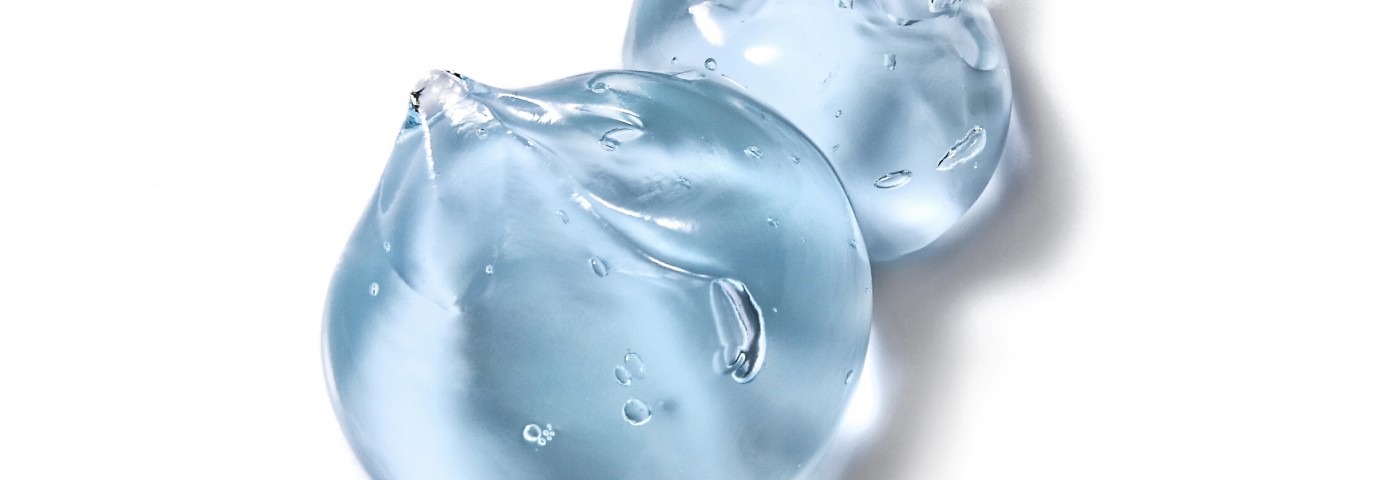A topical gel made of lipospheres with immunosuppressants curcumin and tacrolimus shows deep skin penetration and improvements in psoriatic skin.
The study, “Tacrolimus and curcumin co-loaded liposphere gel: Synergistic combination towards management of psoriasis,” was published in the Journal of Controlled Release.
Psoriasis, an autoimmune skin disorder, significantly affects patients’ quality of life. Tacrolimus acts by inhibiting a protein called calcineurin, which is involved in the activation and proliferation of key cells of our immune system, the T-cells. Due to its suppressive effect on the immune system, tacrolimus has been widely used in the treatment of psoriasis, as well as in other disorders of the immune system.
Tacrolimus is commercially available as a topical ointment, but the delivery of the drug to the deep skin layers has been hampered by low and highly variable skin absorption.
Curcumin, a natural compound produced by plants, has been reported to have a therapeutic potential in psoriasis when applied as a gel. The beneficial effects of curcumin have also been linked to an immunosuppression action. However, its poor solubility and poor skin penetration are the main obstacles to topical delivery.
Here, authors investigated the anti-psoriatic effectiveness of tacrolimus and curcumin when loaded and administered in a liposphere gel formulation. Lipospheres are a carrier surrounded by a lipid coating embedding its surface. Its size is in the nano scale and several of these types of nano-carrier systems have been used to co-deliver multiple drug molecules to their action site.
The main objective of this study was to evaluate the potential of tacrolimus and curcumin when co-loaded in liposphere gel to manage psoriasis. The lipospheres containing a combination of tacrolimus and curcumin were prepared with a particle size of nearly 50 nanometers (nm) and incorporated into a gel for topical application.
The team observed that the tacrolimus/curcumin-based liposphere gel showed slow release of both drugs, and shear thinning behavior (a decrease in viscosity with increased stress force), a desirable property of topical formulation. Researchers also detected a good dermal distribution as the topic penetrated into skin layers.
They tested the tacrolimus/curcumin-based liposphere gel in a psoriatic plaque model and observed that the liposphere gel improved psoriatic skin features. In fact, the combination liposphere gel was associated with reduced levels of inflammation markers, including TNF-α, IL-17 and IL-22.
These results show that the combination liposphere gel is easy to apply, shows deeper penetration, and has a slow release of drugs. As a result, this new liposphere formulation is a potentially effective strategy for the treatment of psoriasis.


